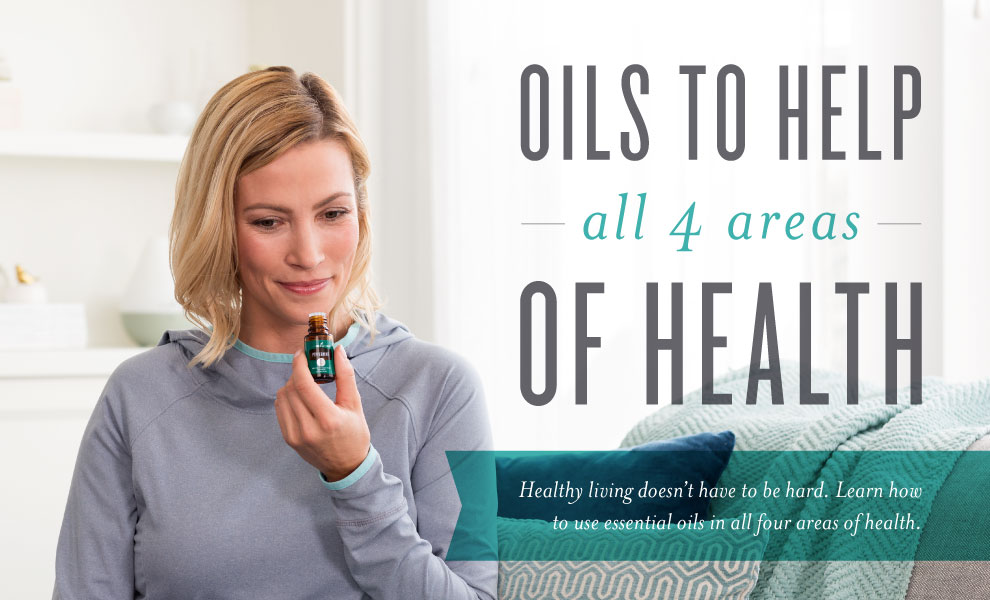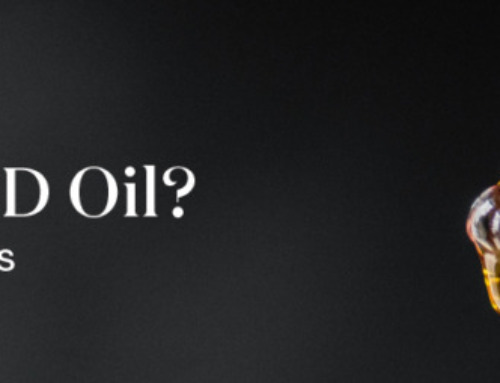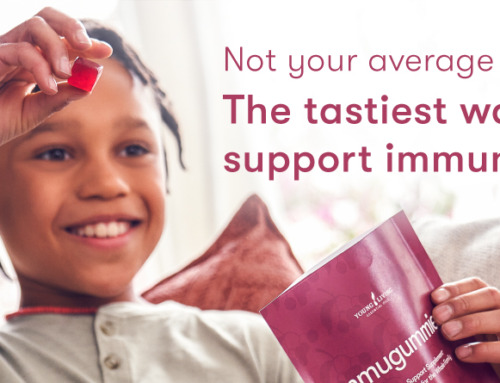In the hustle and bustle of today’s world, it can be difficult to maintain all those good intentions about living a more healthy lifestyle. But healthy living doesn’t have to be hard. Check out our favorite oils to help in all four areas of health: physical, emotional, mental, and social.
What are some of your favorite oils for a healthy lifestyle? Share in the comments below!
For some related posts click below:






Good morning. I have very low thyroid levels. i think it was endoflex that I used before. Is that correct and should I use anything else?
Hi Betty, If you have a disease or medical condition, or if you are using a prescription medication, it is recommended that you consult with a health adviser who has experience with Essential Oils prior to using an Essential Oil. Seek the advice of the prescribing physician and a pharmacist about potential interactions between the medication(s) and the essential oil(s). Thanks for stopping by!
Linda – do you want MORE?! My journey started 4 years ago and it has only grown. I want more passion, power and purpose. That’s what I love about Young Living; we walk along side with you. We meet you where you are and hold your hand. It’s not about the sell, it’s about the relationship that empowers you to be MORE! I or anyone of us would be honored to BE with you through your journey. The last and most important “P” is prayer……
Linda, if you are looking for a specific group to join, we’d be honored to assist you in learning more!! I’m a retired teacher from Oklahoma, living the oily life and traveling the world with Young Living. Feel free to reach out to me for my direct link and to become a part of my coaching group!
Hey Linda! We would love to help you with any questions you may have. The essential oil world is a marvelous place! We actually offer starter kits, which may be a good place to start. You can then see some of the “essential” essential oils that many of our members enjoy. Here is a link to get you started: Starter Kit Hope that helps and welcome to the Young Living Essential Oil family!
Just got my intro box.Diffusing Stress Away after along rainy day driving to a funeral. Loving it!Already a big fan of Thieves. Both my husband and I work in health care, are exposed to lots of sick people, and if we use it we don’t seem to catch things. Also am a lavender fan and am looking forward to a bath tonight with that, Epsom salts and baking soda at bedtime.
Stress Away is a favorite at our house! Love the calming effect it has especially after a long stressful day! Both my wife and I LOVE this oil. Had some friends over yesterday and they literally lit up when they smelled the aroma. They loved it so much they wanted to take the bottle home lol.
I became a member by purchasing the $55. package as I couldnt manage the $160. one. I just feel the smaller package needs to be updated with more useful/basic products and information.
Thank you,
Hey Cathy. Thanks for your suggestion! If you ever have an opinion like this that you want to share, you can also reach out to customer services or product support. They love any suggestions on ways we can improve our growing company. Thanks for stopping by and welcome to the Young Living Family!
I am so in love with Cassia! Love all the wood oils too!
Lavender and Frankincense for my old thin skin.
I had lavender oil on my hand when I changed my granddaughters diaper, could she get a rash from this?
Hello Sandra, As every person is different, sensitivities can vary. We do recommend using extreme caution when using essential oils around children. If you have additional concerns, we recommend speaking to the child’s pediatrician. Thanks for stopping by!
I love Young Living. However, your Facebook site should have bigger size for typeface. Also it’s way too light. So bigger type and darker characters would be helpful. Love all you do!
Great tips! Thanks for sharing! Common sense is on my next order!!
I love Young Living Oils ❤. I wear Northern Lights Black Spruce on the back of me, Stress Away on the front of my neck, Joy on my heart, Abundance on my bracelets, Endoflex on my thymus and Frankincense on the crown of my head and around my eyes every single day.
Hi Elizabeth, I’m new to YL was wondering about the Frankincense on the crown of your head and around your eyes, and do use it straight or dilute it.
Hi Joni, I do the same. I start with a small drop straight under the eyes, but then it is diluted with a small amount of my face lotion or fractionated coconut oil. On the crown, it is a 50/50 blend with an oil.
I also have a lava stone bracelet (Amazon for ~$2) The stone holds the scent well and is also washable.
Hi there Elizabeth
You have bracelets that you can wear your oils in?? Please share where you can find these??
Thanks
Michele
Looking for adult acne oils, also triggered by stress.
Hi Wands, Young Living’s products are intended only for the use listed on individual labels—either for topical/aromatic use or as a dietary supplement. Please always refer to the label for usage directions. Because Young Living’s products are not labeled to be used as drugs, they are not intended for use in the treatment or cure of disease or any abnormal function of the body, including ailments or injuries. Therefore, Young Living cannot provide advice or recommendation for products to address any type of disease, ailment, or injury. We advise that you consult with a medical professional on your specific issue. We apologize for the inconvenience.
I use frankincense and love it.
Release to let go of all negative emotions, Oils Balance for my baby love to get him on the right track, harmony for the difficult stages of childhood/parenting, Faith and Egyptian Gold for relaxation and reverence.